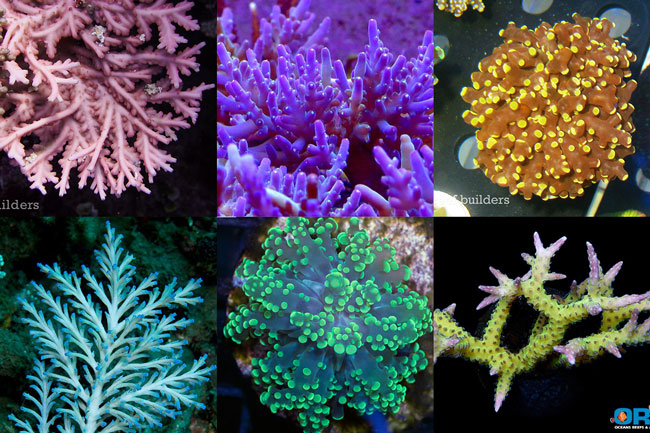Uh oh. It looks like someone is doing their job at the National Marine Fisheries Service. Do you remember the 20 species of corals that were listed as threatened in 2014? The agency stated today: “We are now considering whether there are protective regulations that are necessary and advisable for the conservation of these 20 recently listed corals.” And so the agency started to solicit comments in the next step to see if a 4(d) ruling on 20 corals it recently listed as threatened could be applied in the future.
Remember, animals are not illegal to import/possess/sell just because they are listed as threatened…to be illegal they need have the additional 4(d) ruling applied to them which prohibits just about anyone from “taking them”. The 4(d) provision is also commonly referred to as a “take provision” to industry observers. The 4(d) ruling makes in unlawful in U.S. jurisdiction to do any of the following:
(A) Import any such species into, or export any such species from the United States; (B) take any such species within the United States or the territorial sea of the United States; (C) take any such species upon the high seas; (D) possess, sell, deliver, carry, transport, or ship, by any means whatsoever, any such species taken in violation of subparagraphs (B) and (C); (E) deliver, receive, carry, transport, or ship in interstate or foreign commerce, by any means whatsoever and in the course of a commercial activity, any such species; (F) sell or offer for sale in interstate or foreign commerce any such species; or (G) violate any regulation pertaining to such species or to any
threatened species of fish or wildlife listed pursuant to section 1533 of this title and promulgated by the Secretary pursuant to authority provided by this chapter.
In other words, all commercially activity would be illegal if the 4(d) ruling would be applied. The only caveat would be “limited specified exemptions” the National Marine Fisheries Service could apply to the ruling. But that has not happened…yet. The agency is asking for feedback (via public comment) regarding the 20 species of corals.

Interestingly, the NMFS states that some of the corals species listed cannot be found in waters under U.S. Jurisdiction but others are imported into the U.S. for the marine aquarium trade. Therefore, they are requesting public comments on all 20 species “wherever they may occur, to help inform our determination of which take prohibitions may be necessary and advisable for their conservation.” The additional statement might have potential consequences for taking the corals not only in the wild but cultured corals too.
Responses to this request for information must be received by March 16, 2015.
To file a comment brief you can head on toward the link below:
http://www.regulations.gov/#!submitComment;D=NOAA_FRDOC_0001-3274
| Table 1—U.S. Distribution of 15 Threatened Indo-Pacific Coral Species | ||||
| Guam | Commonwealth of Northern Mariana Islands | Pacific Remote Island Areas | American Samoa | |
| Acropora globiceps | X | X | X | X |
| Acropora jacquelineae | X | |||
| Acropora lokani | ||||
| Acropora pharaonis | ||||
| Acropora retusa | X | X | X | X |
| Acropora rudis | ||||
| Acropora speciosa | X | X | ||
| Acropora tenella | ||||
| Anacropora spinosa | ||||
| Euphyllia paradivisa | X | |||
| Isopora crateriformis | X | |||
| Montipora australiensis | ||||
| Pavona diffluens | ||||
| Porites napopora | ||||
| Seriatopora aculeata | X | X | ||
| Table 2—U.S. Distribution of Five Newly-Listed Caribbean Corals | ||||
| Florida—Atlantic | Puerto Rico | U.S. Virgin Islands | Gulf of Mexico | |
| Mycetophyllia ferox | X | X | X | |
| Dendrogyra cylindrus | X | X | X | |
| Orbicella annularis | X | X | X | X |
| Orbicella faveolata | X | X | X | X |
| Orbicella franksi | X | X | X | X |



